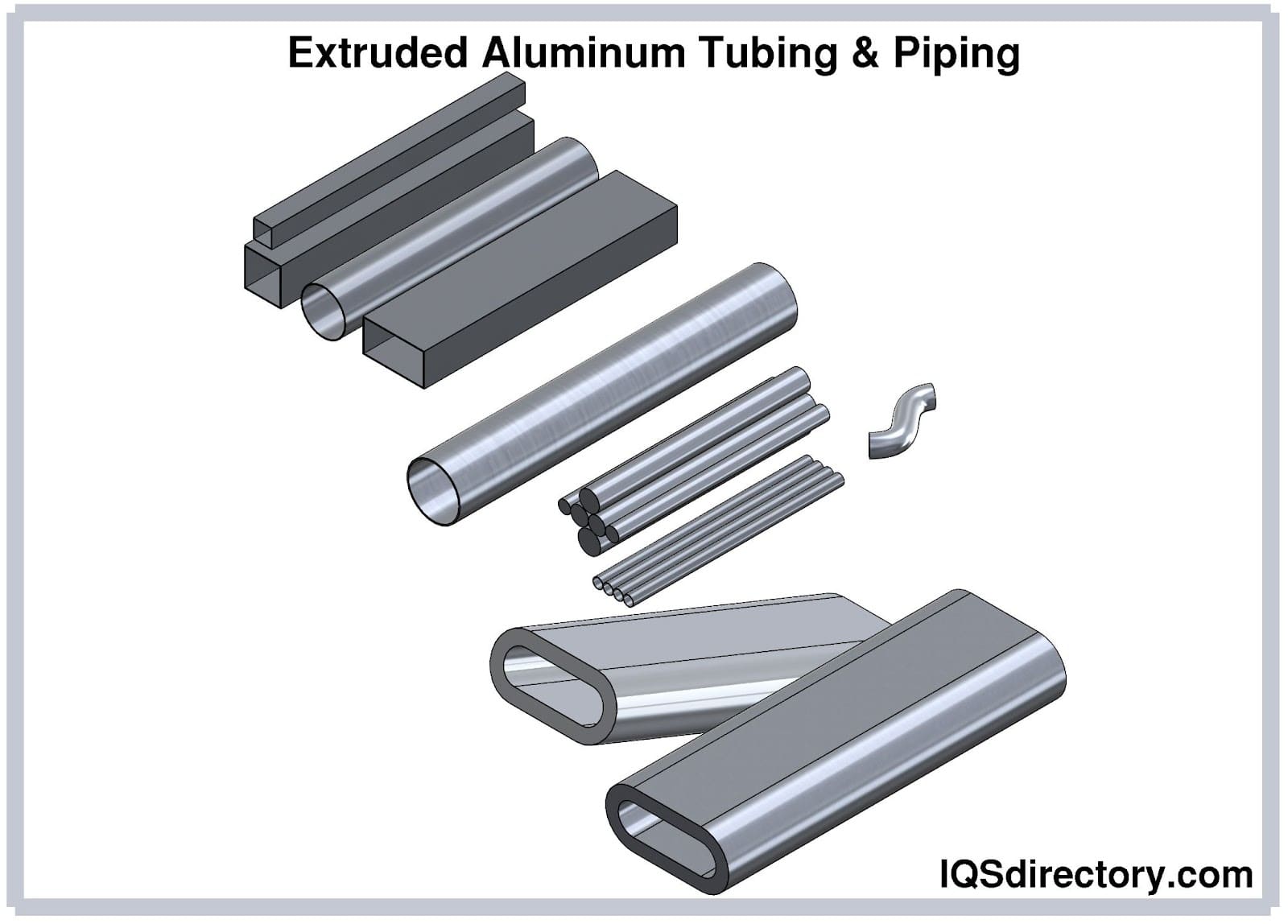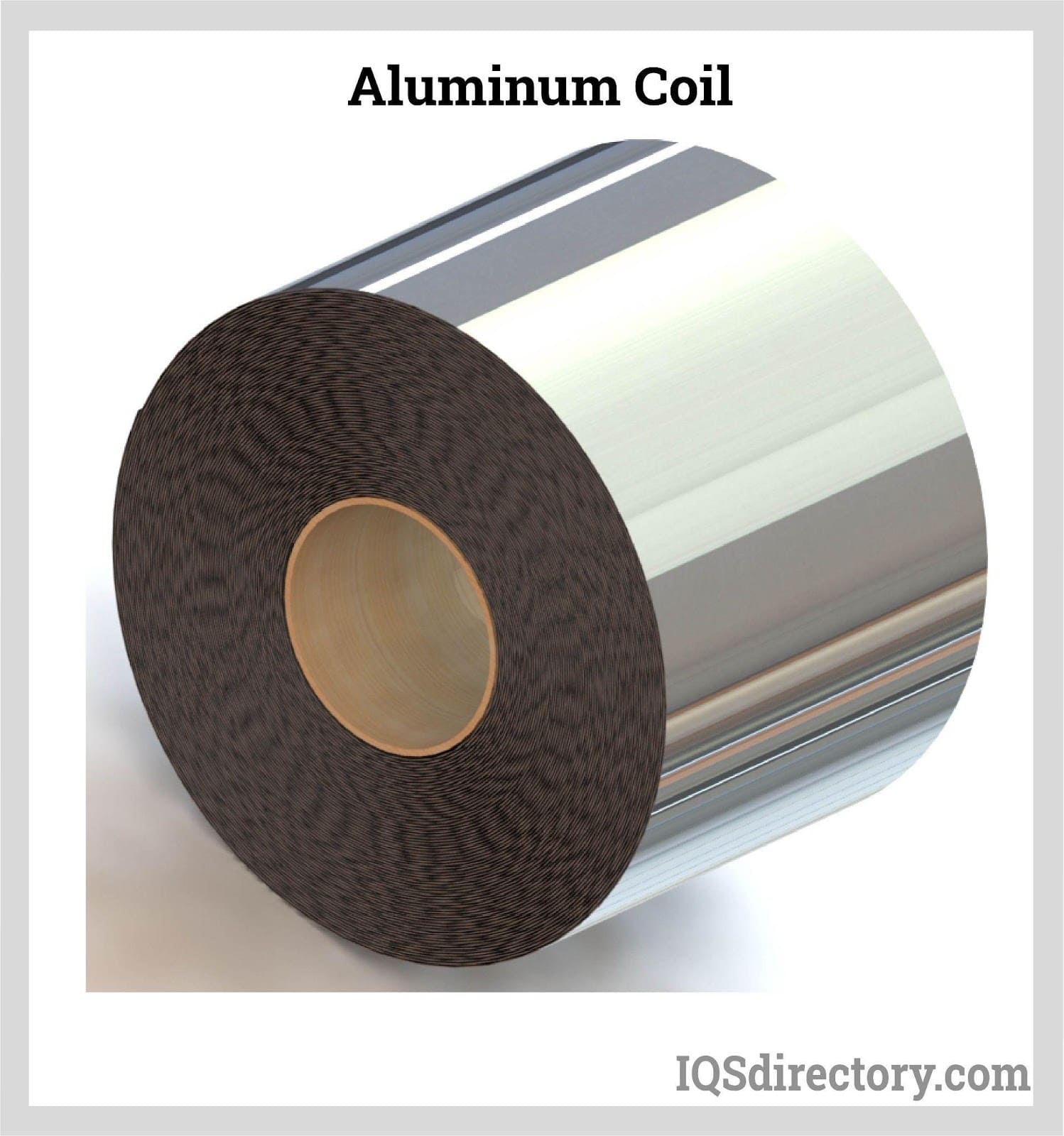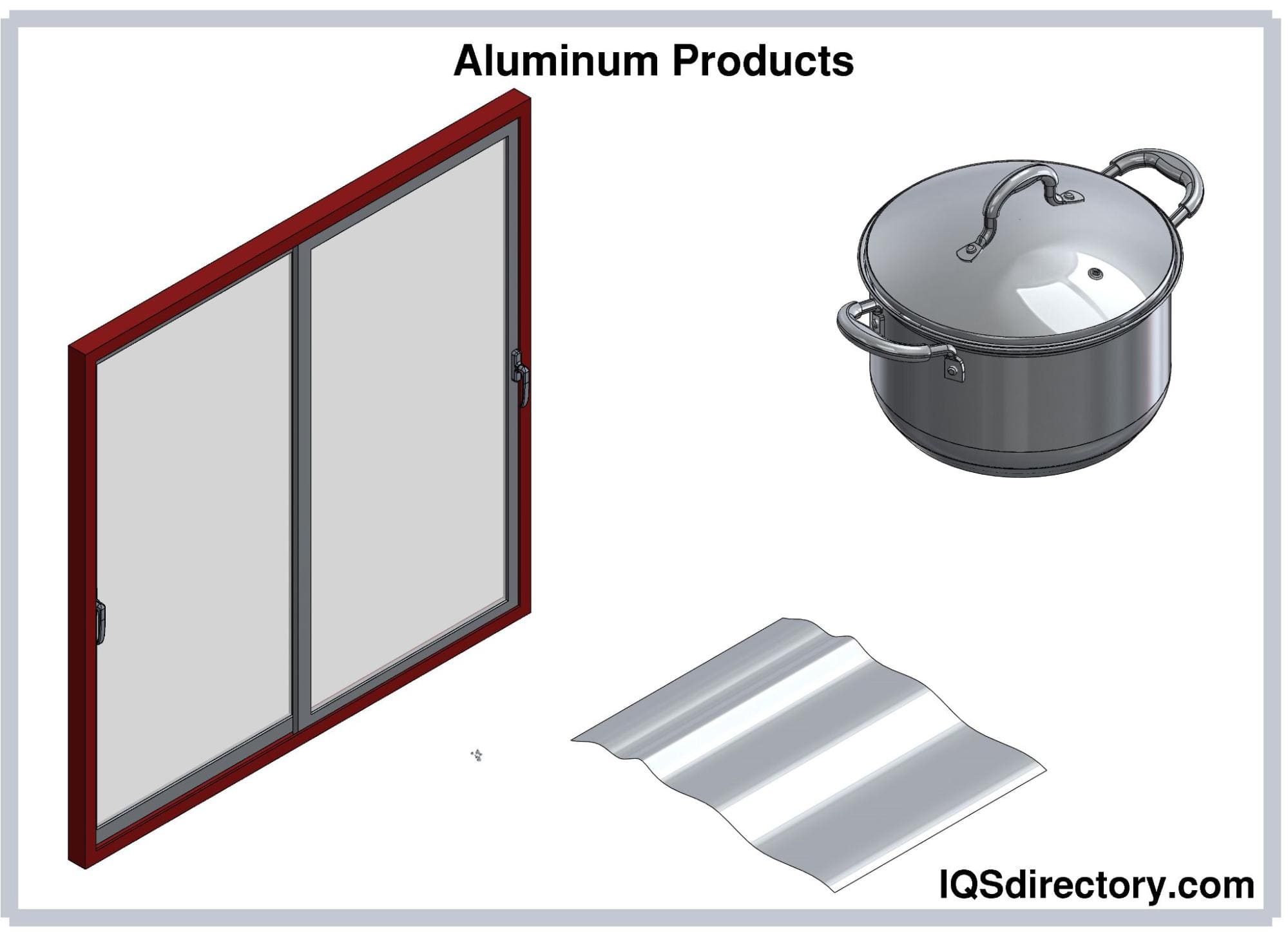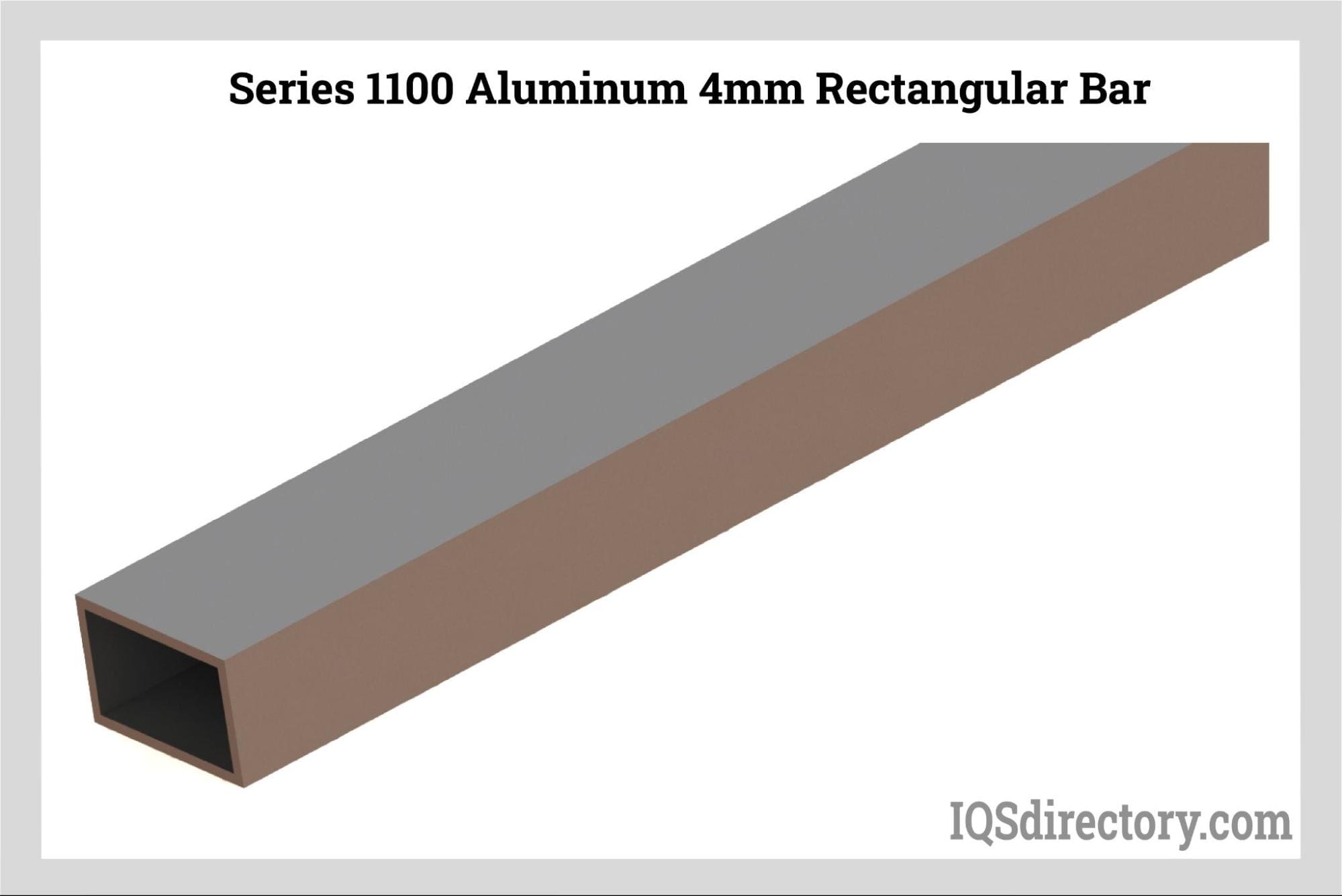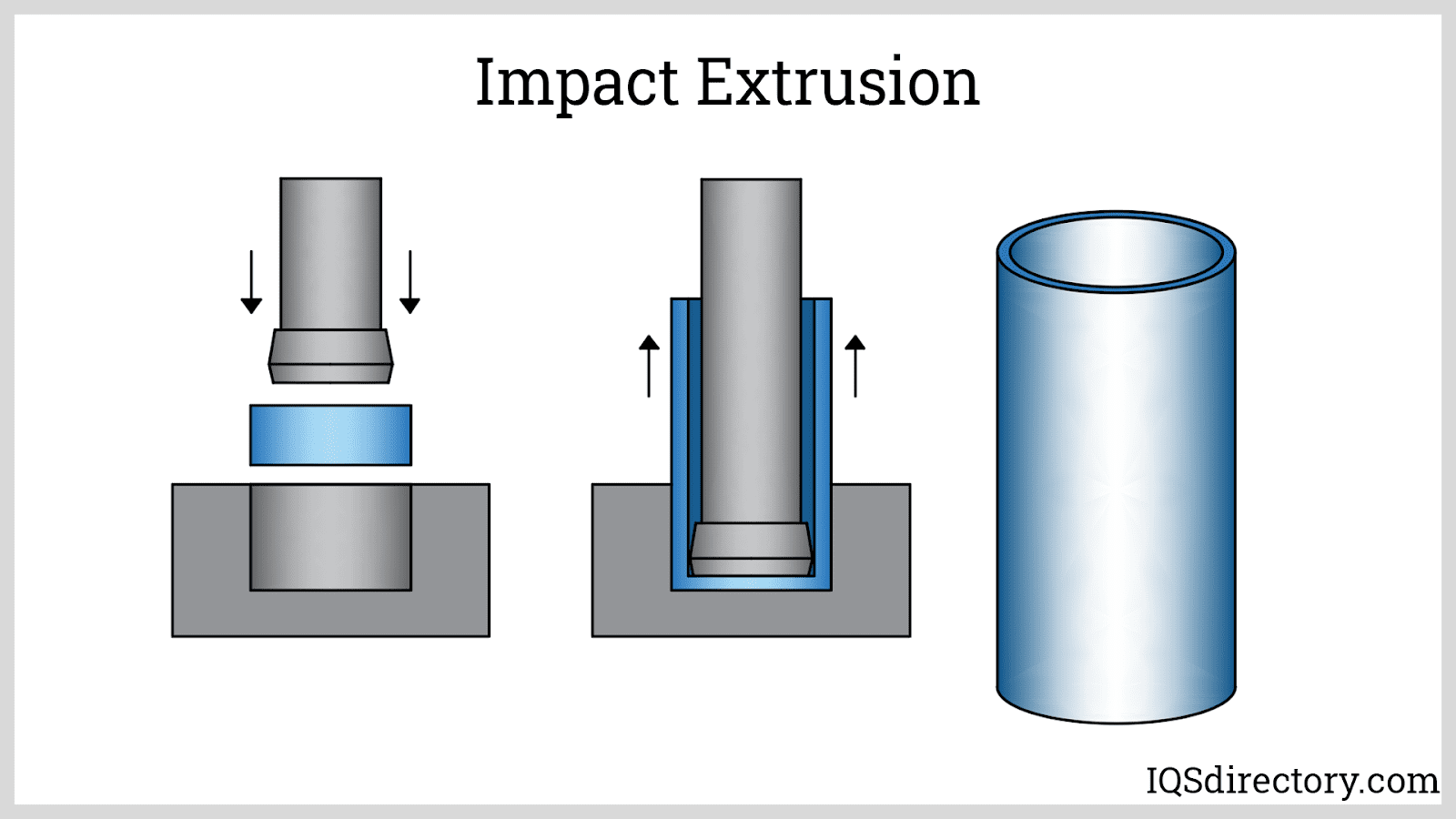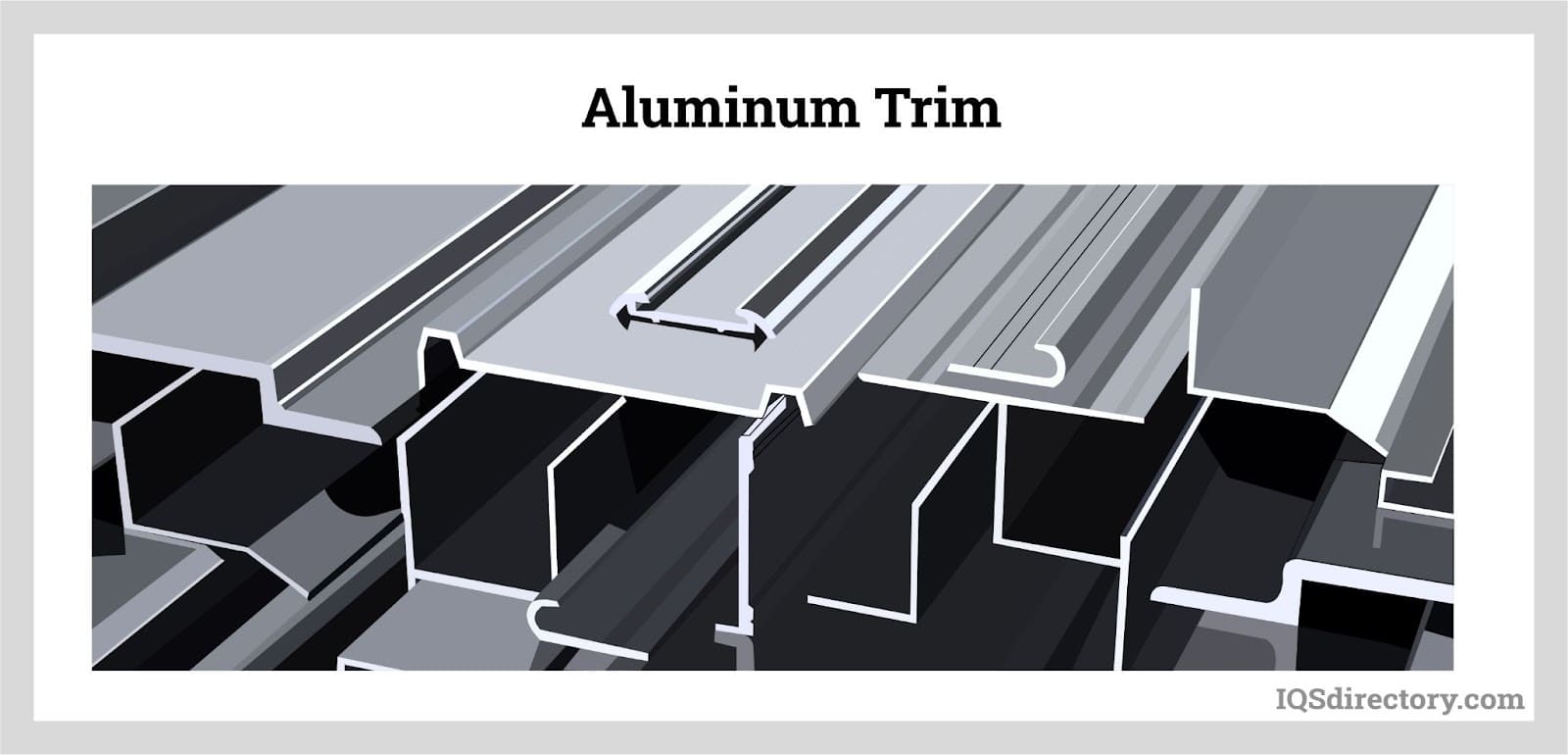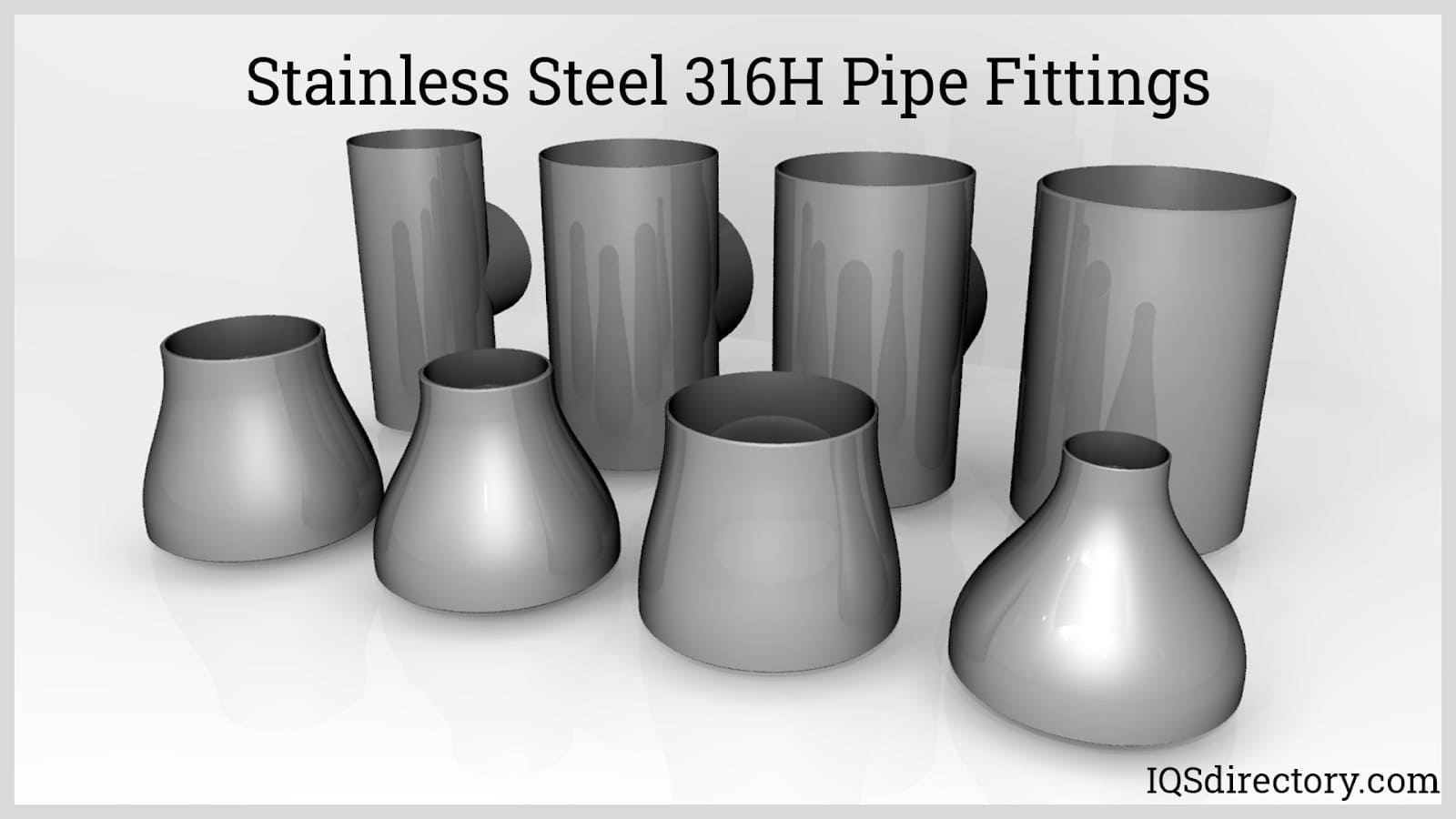 Rubies are a red colored version of corundum, a very common hard mineral and more rare than blue corundum or sapphires. Since it is difficult to find corundum and even more difficult to find red corundum, they are very expensive on the gem market. Large rubies, with several carats, are extremely difficult to find and have tremendous value. The quality of a ruby is measured by its color and clarity as well as its cut. The most valuable color of red ruby is called blood red or pigeon blood. Like diamonds, the clarity of a ruby influences its value and appearance.
Rubies are a red colored version of corundum, a very common hard mineral and more rare than blue corundum or sapphires. Since it is difficult to find corundum and even more difficult to find red corundum, they are very expensive on the gem market. Large rubies, with several carats, are extremely difficult to find and have tremendous value. The quality of a ruby is measured by its color and clarity as well as its cut. The most valuable color of red ruby is called blood red or pigeon blood. Like diamonds, the clarity of a ruby influences its value and appearance.
Gem quality rubies are only used to make jewelry as rings and necklaces. Synthesized rubies have industrial applications. They are produced using one of two methods – production from melt or solution. In the melt process, powder is melted to a molten state and allowed to solidify into a crystal form. In the solution process, aluminum oxide and chromium are mixed with another material to produce a crystal form. The chemical formula for ruby is Al₂O₃.

Synthetic rubies are an important part of commercial and industrial processes. Rubies have the ability to direct high intensity light, which has led to their association with lasers. Ruby lasers are used to remove birthmarks, tattoos, and certain skin pigmentations. As the ruby laser does its work, it aims high energy pulses at the affected skin shattering the particles of the tattoo or birthmark. Another type ruby is in masers, which work similarly to a ruby laser but use microwaves to complete the process.
Since rubies are extremely hard, they are perfect for making needles to sew up synthetic materials. They can pass easily through any flaws or deformities creating a perfect seal.
 Alloy Suppliers
Alloy Suppliers Aluminum
Aluminum Aluminum Extrusions
Aluminum Extrusions Copper-Brass-Bronze
Copper-Brass-Bronze Magnets
Magnets Nickel
Nickel Stainless Steel
Stainless Steel Stainless Steel Tubing
Stainless Steel Tubing Steel Service Centers
Steel Service Centers Titanium
Titanium Tungsten
Tungsten Wire Rope
Wire Rope Castings & Forgings
Castings & Forgings Bulk Material Handling
Bulk Material Handling Electrical & Electronic Components
Electrical & Electronic Components Flow Instrumentation
Flow Instrumentation Hardware
Hardware Material Handling Equipment
Material Handling Equipment Metal Cutting Services
Metal Cutting Services Metal Forming Services
Metal Forming Services Metal Suppliers
Metal Suppliers Motion Control Products
Motion Control Products Plant & Facility Equipment
Plant & Facility Equipment Plant & Facility Supplies
Plant & Facility Supplies Plastic Molding Processes
Plastic Molding Processes Pumps & Valves
Pumps & Valves Recycling Equipment
Recycling Equipment Rubber Products & Services
Rubber Products & Services